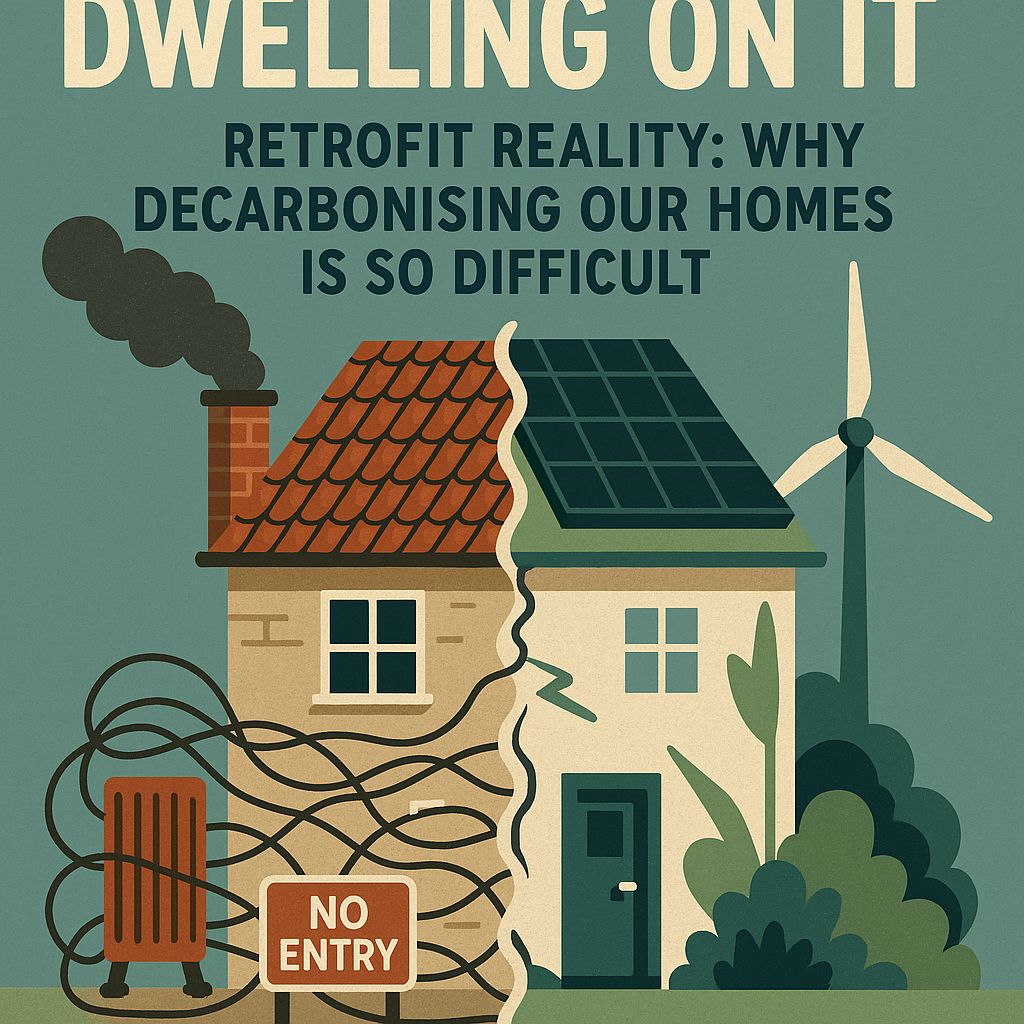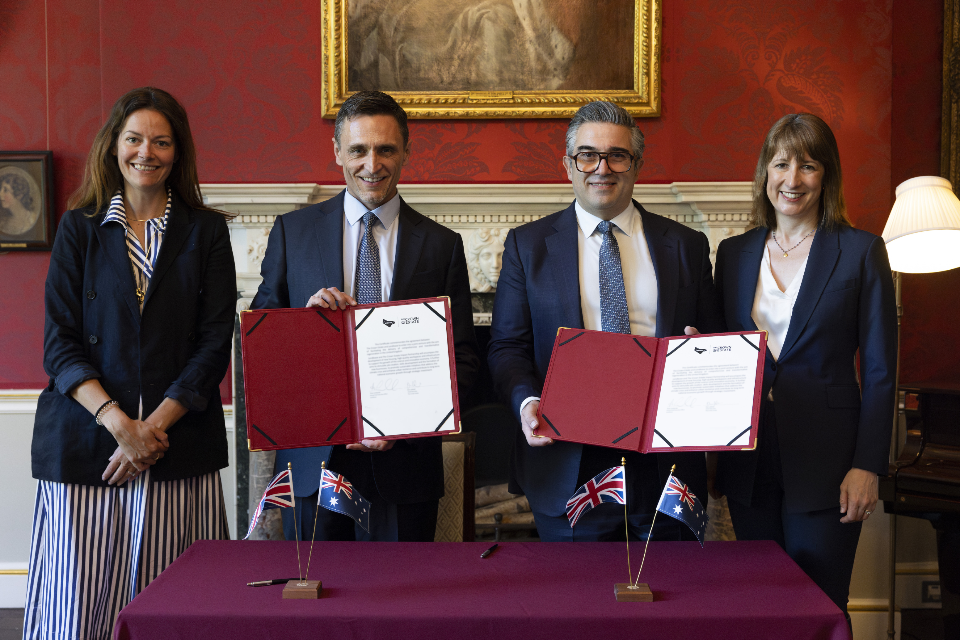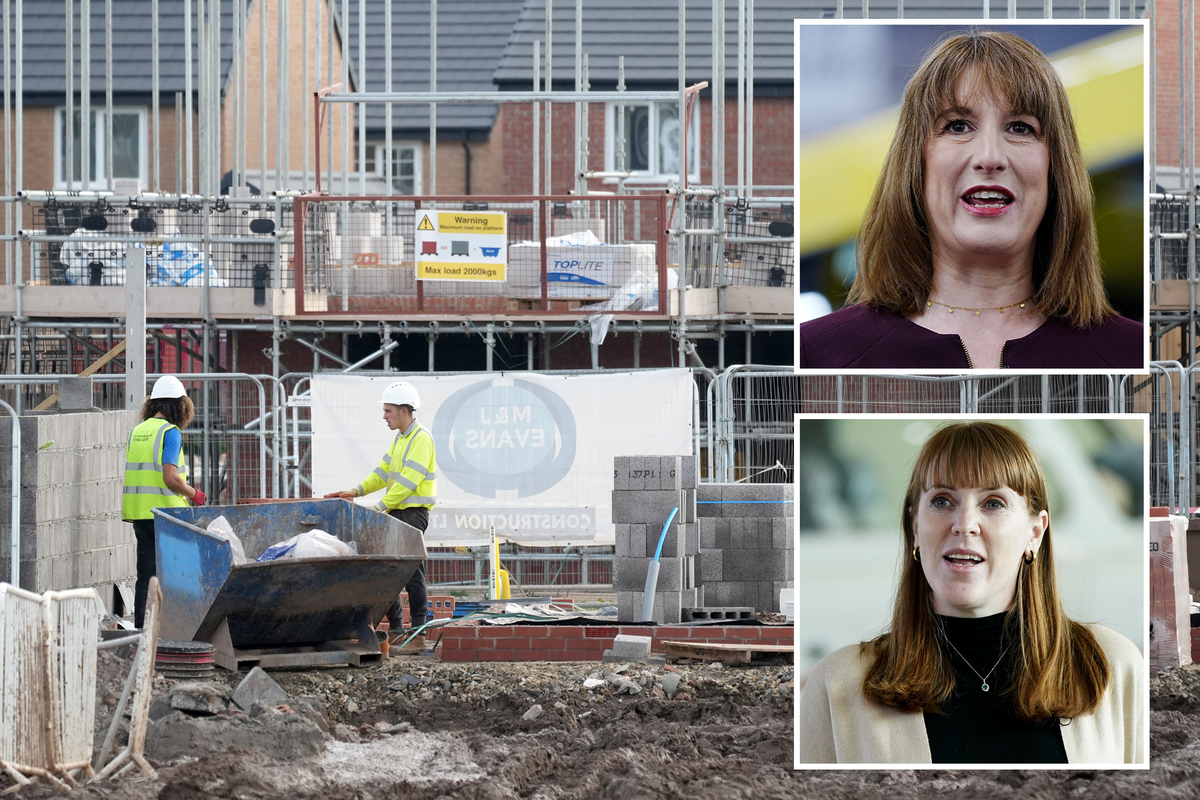- Dwelling On It
- Posts
- Retrofit Reality: Why Decarbonising Our Homes Is So Difficult
Retrofit Reality: Why Decarbonising Our Homes Is So Difficult
It sounds simple: warmer homes, lower bills. So why’s it so complicated?

Retrofit Reality: Why Decarbonising Our Homes Is So Difficult
🧭 Introduction: The Gap Between Ambition and Action
The UK’s net-zero mission is clear: decarbonise housing, fast. Billions in government funding, a raft of strategies, and a growing consensus about the need for action should, in theory, be delivering rapid change. Yet, the reality is starkly different. Progress on retrofitting the UK’s homes especially social housing is slow, patchy, and often reactive. Why is it so hard to turn ambition into action?
This article explores the complex, interconnected barriers to large-scale retrofit, moving beyond the headlines to the realities on the ground—and brings you the latest expert research and innovation shaping the future of home decarbonisation.
1. The Scale Problem: Millions of Homes, No Silver Bullet
The numbers are daunting. To meet net-zero targets, millions of homes particularly in the social housing sector must be upgraded to at least EPC C standard. The UK’s housing stock is among the oldest and most diverse in Europe, Victorian terraces, high-rise flats, rural off-gas homes resisting “one-size-fits-all” solutions.
Pilot projects are relatively easy: a handful of homes, a dedicated team, and close oversight. But scaling these successes to thousands or millions of homes exposes logistical, technical, and financial cracks. The challenge isn’t just size, it’s diversity.
The UK Government’s upcoming Warm Homes Plan (WHP), due in summer 2025, aims to retrofit five million homes in five years, focusing on low-carbon heating and insulation. While ambitious, experts warn it’s not enough: 29 million homes need retrofit by 2050 to hit net zero. Policy certainty and a long-term plan to phase out fossil fuel heating are still missing.
2. The Data Dilemma: Building on Shaky Foundations
Good data is the bedrock of effective retrofit. Yet, asset data across the sector is often outdated, incomplete, or not “retrofit-ready.” Many landlords lack up-to-date EPCs, detailed archetype modelling, or accurate condition surveys.
Without robust data, it’s nearly impossible to:
Target funding effectively
Procure the right works
Monitor and measure outcomes
The result? Overly cautious funding bids, delayed projects, and mismatched retrofit measures. In the worst cases, this leads to wasted money and missed opportunities.
Research Spotlight:
The Demonstration of Energy Efficiency Potential (DEEP) Project, one of the UK’s largest studies on retrofitting solid-walled homes, found that whole-house approaches are more effective and less risky than piecemeal upgrades. However, the “performance gap” between predicted and actual energy savings remains a major challenge, highlighting the need for better data and quality assurance.
3. The Delivery Bottleneck: Skills, Standards, and Supply Chains
Even when projects are funded and scoped, delivery is fraught with challenges. There’s a chronic shortage of skilled retrofit assessors, coordinators, and installers. The PAS 2035 standard, essential for quality and compliance, adds further complexity and cost.
Many contractors, while experienced in traditional repairs, aren’t “retrofit-ready.” This leads to:
Programme delays
Price inflation (with some pilots costing £30–35k per unit)
Variable quality
Technology and Innovation:
Robotics and Digital Twins: Drones and 3D modelling software are now used to survey homes, enabling mass customisation of prefabricated components.
Prefabrication and Energiesprong: Off-site manufactured facades and roofs can be rapidly installed, reducing disruption and enabling deep, whole-house retrofits.
Innovative Pilot Schemes: The Innovative Housing Retrofit Scheme is testing solar PV, air source heat pumps, and advanced heating systems in hard-to-treat homes, with real-world monitoring to drive learning.
4. The Funding Frustration: Fragmented and Inadequate
Funding streams like the Social Housing Decarbonisation Fund (SHDF) and ECO4 are vital, but fragmented. Application processes are complex, time consuming, and often favour organisations already familiar with the system.
Other issues include:
Cost caps that don’t reflect real world prices, creating funding shortfalls
Internal delays as capital programmes struggle to align with retrofit timelines
Sector Impact:
Fuel poverty remains acute: six million households in England were projected to be in fuel poverty in winter 2024–25. Doubling the pace of insulation rollout could cut home electricity demand for heating by 11% by 2030, according to the National Energy System Operator.
5. The Risk Reality: Getting It Wrong Is Costly
Retrofit is not risk-free. If done poorly, it can create new problems:
Overheating in poorly ventilated homes
Damp and mould due to inadequate moisture management
Failed installs leading to wasted investment
Housing providers are right to be cautious. But excessive caution leads to stagnation, as the fear of getting it wrong outweighs the drive to act.
6. What Does Good Look Like? Best Practice and the Path Forward
Despite the hurdles, there are clear markers of successful retrofit programmes:
Integrated Asset Data: Combining SAP, stock condition, and repairs data to inform decisions.
Early Contractor Involvement: Engaging delivery partners and mapping skills needs from the outset.
Joined-up Programmes: Aligning planned maintenance and retrofit, rather than treating them as separate silos.
Resident Engagement: Involving tenants before, during, and after works to ensure buy-in and satisfaction.
Phased, Feedback-driven Delivery: Rolling out works in phases, learning and adapting as you go.
Industry Recommendations:
The UK Green Building Council (UKGBC) and other experts advocate for a national, coordinated retrofit strategy, digital tools for targeting and monitoring, and a major investment in workforce skills and supply chains.
7. The Future: Innovation, Integration, and Impact
Emerging technologies—from drones and robotics to digital twins and prefabrication—are making retrofits less disruptive and more efficient. Whole-house, fabric-first retrofits are proving most effective, especially for hard-to-treat homes.
The prize is huge:
Cutting gas demand by 20% by upgrading 19 million homes to EPC C
Saving households an average of £779 per year on energy bills
Creating at least 500,000 skilled jobs
Preventing 6,000 avoidable deaths annually through improved thermal comfort
Building climate resilience against heatwaves, flooding, and water shortages
Conclusion: Turning Rhetoric Into Reality
Decarbonising the UK’s homes is one of the greatest infrastructure challenges of our time. The barriers, scale, data, delivery, funding, and risk are real, but not insurmountable. The next phase will depend on integrating policy ambition, technological innovation, and research-driven best practice into a coherent, nationwide delivery model—one that is ambitious enough to meet both climate and social goals.


